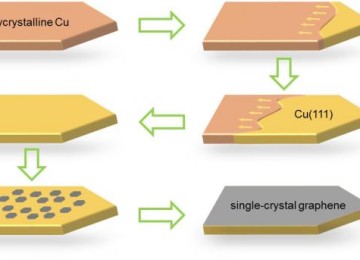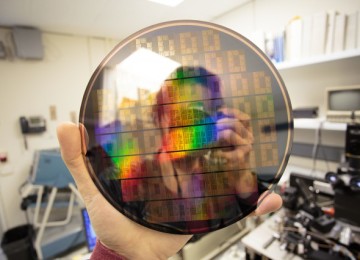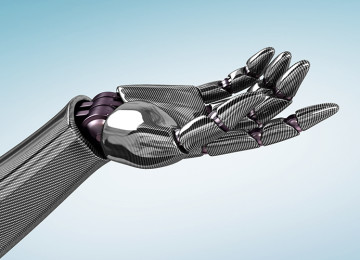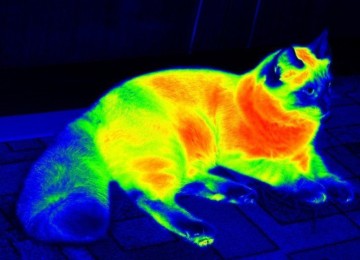Graphene tattoo can monitored bodily functions
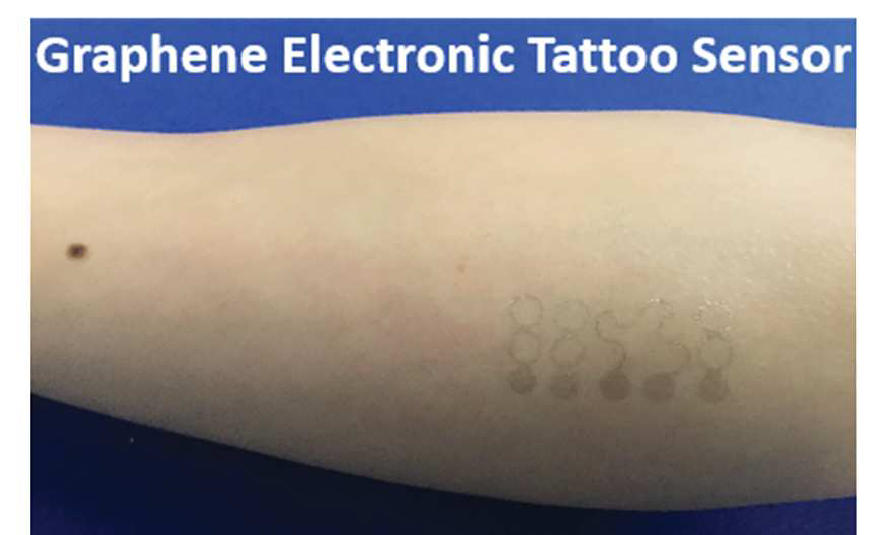
Graphene tattoo can monitored bodily functions
Researchers have developed a tattoo-like sensor depend on graphene that can measure heart rate and brain waves and could change the way that bodily functions are monitored.
The Graphene Electrical Tattoo (GET), which was unveiled by a team of scientists at the University of Texas at Austin this summer, is one of the more practical wearable devices recently developed. Led by scientists Deji Akinwande and Nanshu Lu, GET works like other electronic devices, but this skin-based sensor is attached to a temporary-tattoo like a device made of graphene. Their work was published in the journal ACS Nano this summer.
Graphene is a relatively newer material that has been hailed by some in the scientific world as being a “miracle material.” It is comprised of 2D sheets of carbon atoms and is lightweight roughly 200 times stronger than steel, biodegradable and transparent. Because of this, GET can be worn for longer periods of time than other sensors.
The sensor can monitor biometrics such as heart, brain and muscle activity. If it becomes widely adopted, it could also eliminate the large, cumbersome machines that doctors currently use. So far, GET has been able to successfully mimic tests such as electrocardiograms (ECG), electromyograms (EMG), and electroencephalogram (EEG), which measure various heart and brain functions. But it can also monitor skin temperature and skin hydration, which can be harder to keep track of consistently.
Postdoctoral scholar Shideh Ameri, who is working with the UT Austin team, explained how GET is different from other wearables via email, “The prominent differences of graphene electronic tattoos (GET) with recent tattoo-based sensors is that, since GET is ultrathin it forms conformal dry contact to skin and shows lower skin-electrode interface impedance and less motion artifact,” he told me. “Furthermore, GET is optically transparent and is suitable for wearing it on area such as a face.”
Graphene Electrical Tattoo could eventually find its way into the mainstream medical marketplace and be used for a wide range of purposes. And it could be a potential solution to items such as blood pressure monitors which can be expensive for patients (ranging in price from $30 to $100) and are not often covered by insurance.
“GET tech can be used as a low cost, an imperceptible physiological sensor for mobile health care, assistive technology, human machine interfaces and internet of things,” Ameri said.
But the GET device is not the only one vying for the market. Earlier this summer, scientists at MIT unveiled another sensor with tattoo-like elements that is aiming to monitor glucose levels and other fluid outputs the body produces. But the MIT’s team model, DermalAbys, is still proof of concept and there are no plans yet to test this through a clinical trial.
As the technology and research surrounding this device develop, there are many more medical avenues it could affect. The UT Austin team has big plans for the device and hopes that GET can eventually progress into a medical system so that the information these sensors collect can be easily transmitted and uploaded to computers, phones and captured in medical records.










